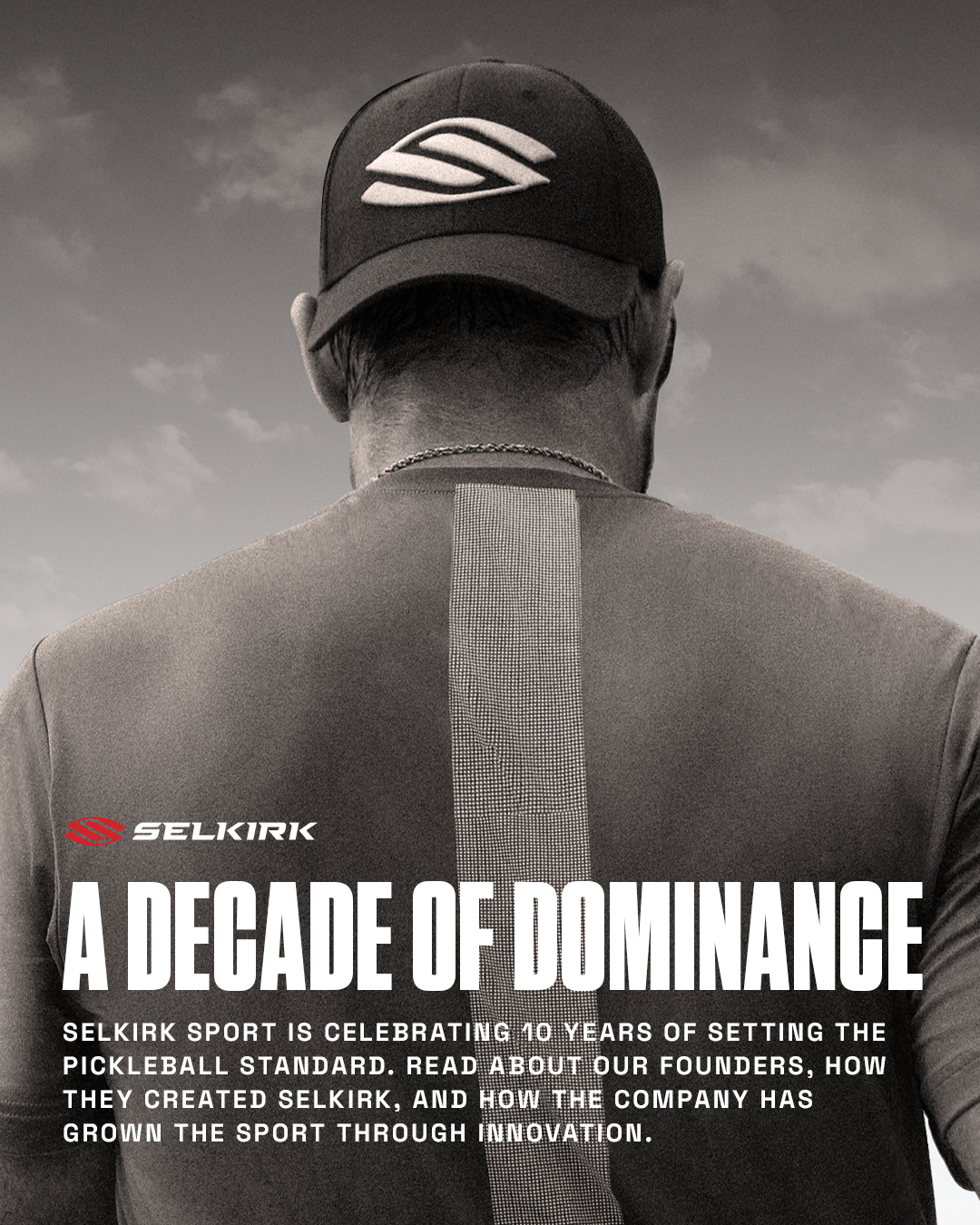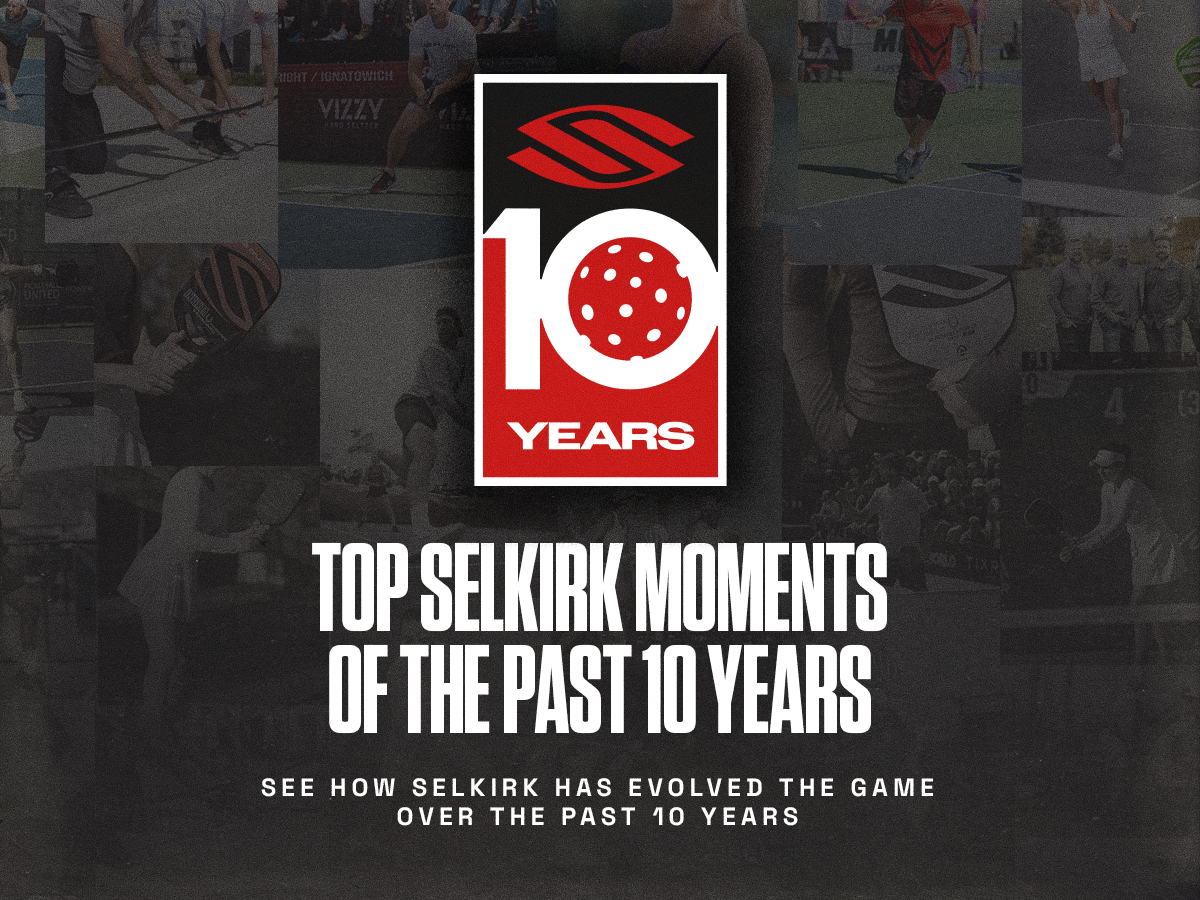
Pickleball players know that dominating the kitchen line requires more than just sharp reflexes and a good eye—it demands exceptional lateral movement. Performance Coach Connor Derrickson unveils a series of exercises designed to enhance your kitchen line agility in the latest SelkirkTV YouTube video, "Exercises for Improved Kitchen Movement: The Secret Sauce to Strong Pickleball Play."
Why Lateral Movement Matters in Pickleball
Lateral movement—or the ability to move quickly and efficiently side to side—is key in pickleball. This 'frontal plane' movement is crucial when you're up at the kitchen line, volleying back and forth with your opponent. Derrickson stresses that the secret to powerful lateral movement is the strength and stability of one-legged stances, which are foundational for quick, controlled movements.
Exercise Progression for Lateral Movement
To help pickleball players enhance their kitchen line performance, Derrickson presents a progression of exercises focusing on lateral movement and balance.
1. Lateral Heightens with a Stick
The first exercise is the lateral heighten with a stick. The move involves standing on one leg, hopping laterally to land on the other leg, and holding the position to 'stick' the landing. This exercise is about control—jumping from side to side while maintaining balance. It's crucial to absorb the force of the jump with your hips, not your knees, to prevent injury and engage the right muscles.
2. Continuous Lateral Heightens
Once you've mastered the stick, it's time to move on to continuous lateral heightens. This next step cuts down on the time you spend on the ground and involves moving back and forth more rapidly, simulating the quick changes of direction needed during a game. This exercise works on both absorbing force and redirecting it, just as you would when reacting to a ball in a game.
3. Medicine Ball Lateral Heightens
The third progression introduces a medicine ball to add load to the exercise. Starting with the ball on one hip, you jump laterally, shifting the ball to the other side of your body as you land. This progression not only increases the difficulty but also incorporates the upper body, simulating the motion of swinging a paddle while maintaining balance and force absorption through the glutes.
The Importance of Proper Form
Derrickson emphasizes that proper form is crucial. Rather than letting the knees absorb the impact, he instructs players to use their glutes—the stronger muscle group—to control the landing. This focus on form helps to prevent injuries and ensures that the right muscles are being strengthened for optimal kitchen line performance.
Summarizing the Movements
The progression moves from static balance to dynamic movement and then to load-bearing exercises. Here’s a quick recap:
- Lateral Heightens with a Stick: Focus on balance and force absorption with your hips.
- Continuous Lateral Heightens: Work on quick, reactive movement and directional changes.
- Medicine Ball Lateral Heightens: Add load to engage the upper body and simulate in-game movement.
Conclusion: A Stronger Game Starts with Stronger Movements
By incorporating these exercises into your training routine, you can significantly improve your lateral movement on the court. Mastering these movements will help you stay quick and controlled at the kitchen line, keeping your opponents off balance and setting you up for winning shots.
Download the Selkirk TV app HERE to watch the complete episode and many other Selkirk TV original shows, podcasts, lesson series from the pros, and much more.























































